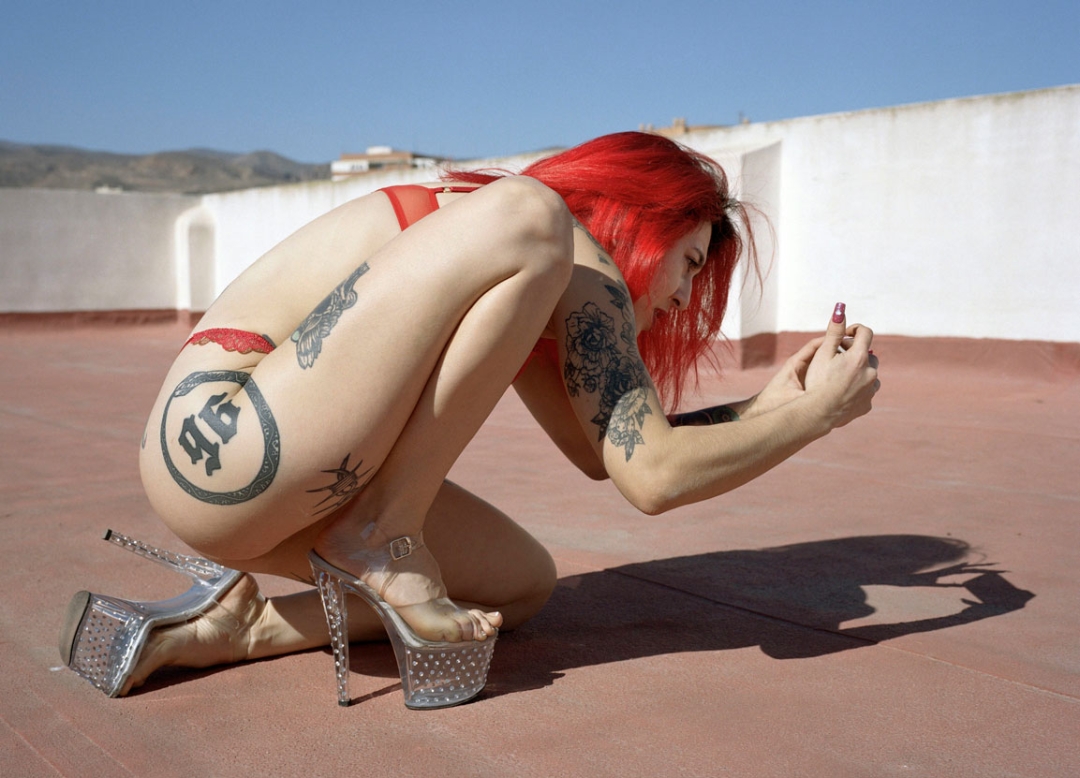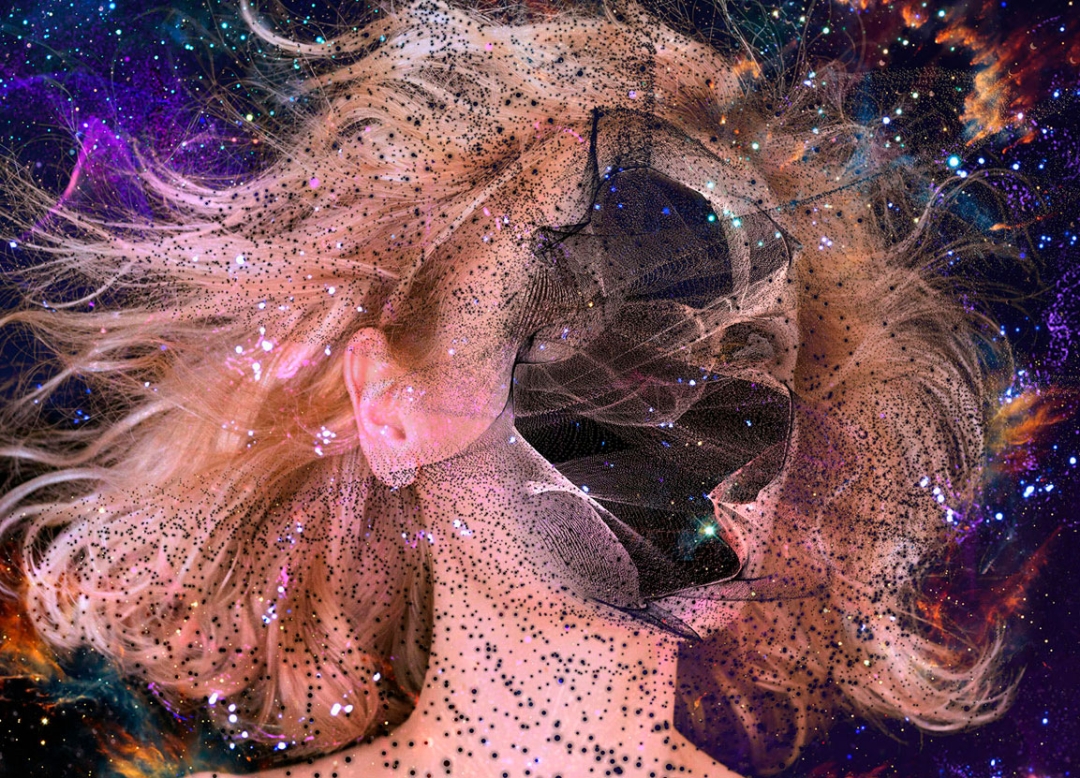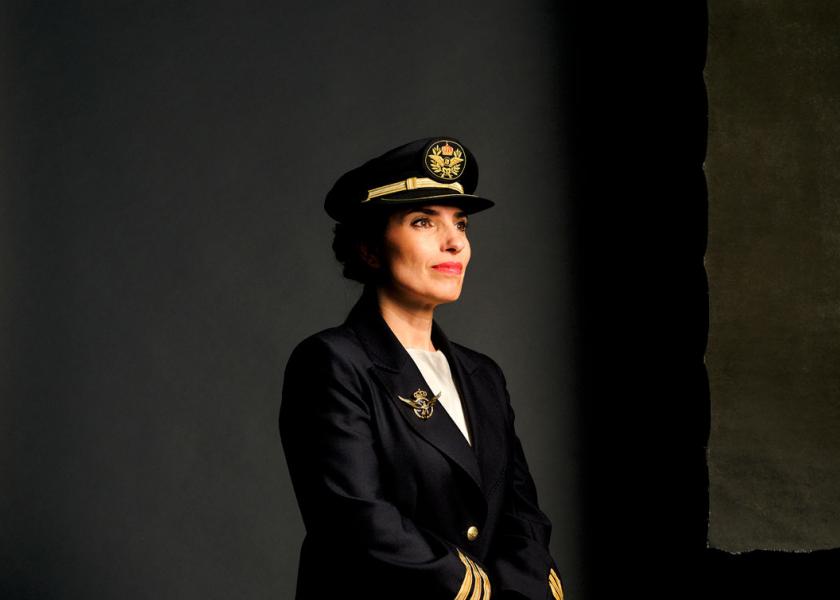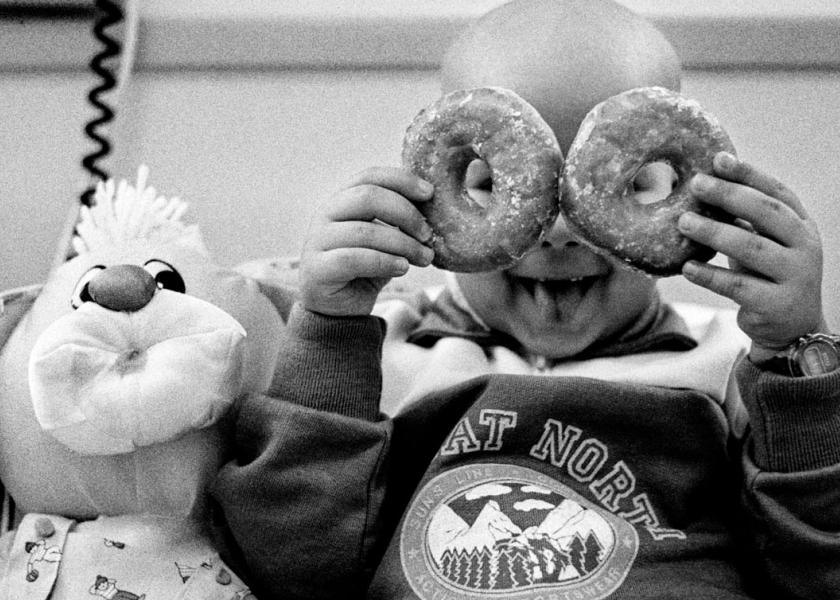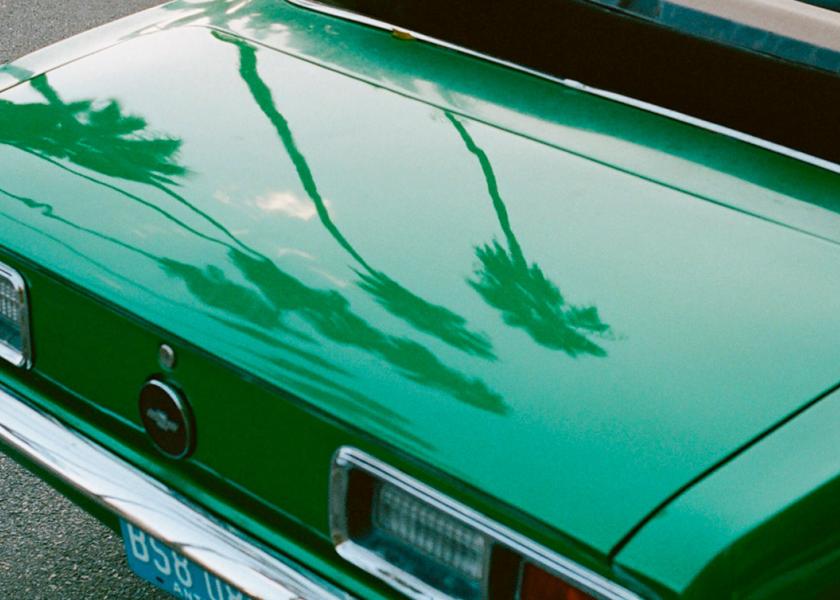PHotoESPAÑA 2024
Perpetual motion
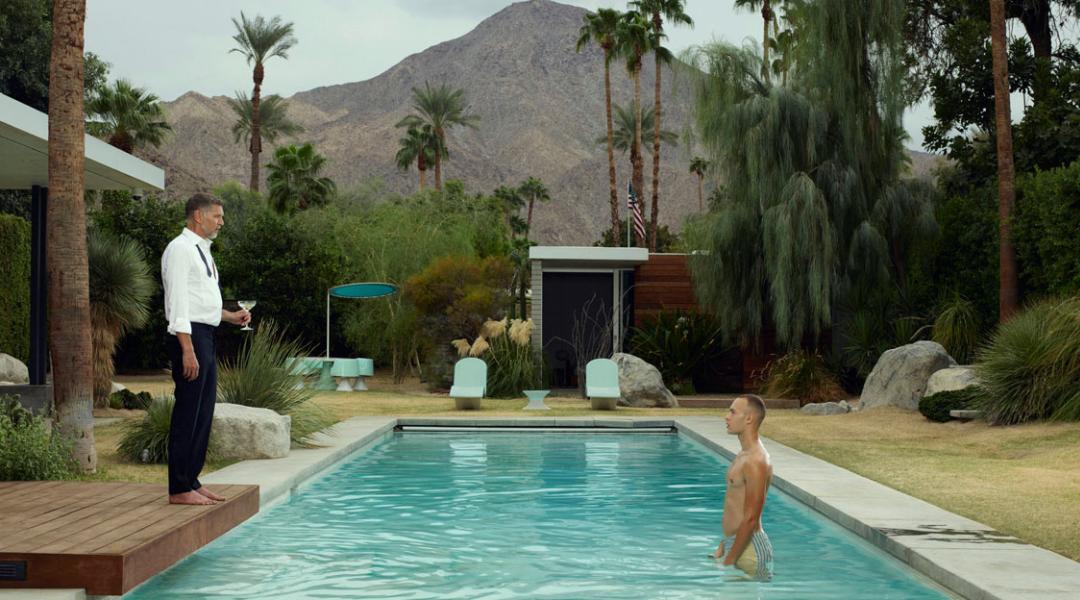
Photography has the power to stop time but, at the same time, it lives in perpetual motion and PHotoESPAÑA 2024 asserts that dynamism. Turned into a centre of attraction for talent, the purpose of this festival is to diversify artistic practices, build bridges with new audiences, and become a forum for discussion. Once again, the best Spanish photographers will meet here.
The most anticipated event by photophiles is already in progress: PHotoESPAÑA 2024, sponsored by Iberia, started on the 10th of May, and will run until the 29th of September. Up to 293 artists will take part in 84 exhibitions in total spread across Spain (Madrid, Barcelona, Zaragoza, Santander, Valladolid, Cartagena, Almería, etc.). The theme for this edition is Perpetuum mobile (perpetual motion), understood as the dynamism of the photographic medium. This is also the title of one of the most ambitious exhibitions, which will bring together 27 Spanish photographers born into democracy and witnesses to the paradigm shift between the analogue and digital eras at the Círculo de Bellas Artes (29th of May - 1st of September).
Foreign artists will also play a big part in PHotoESPAÑA 2024; we highlight the retrospective exhibitions of three international authors —the Dutch Erwin Olaf, the Ukrainian Boris Savelev, and the Swiss Barbara Brändli—. The names of the Japanese Masahisa Fukase, the Americans Elliott Erwitt and Consuelo Kanaga, the South-African David Goldblatt and the Dutch Iwan Baan, among others, also stand out. Also, for the first time, Teatro Real will be the headquarters with an exhibition that explores Italian composer Giacomo Puccini’s unknown facet as a photographer. But Spanish talent will be playing a leading role, as expected. Below is a selection of the most outstanding exhibitions featuring national authors
Luz de intuición, Paloma Navarés
The Luz de intuición exhibition brings together pieces from the different artistic stages of Paloma Navares (Burgos, 1947), winner of the 2024 ENAIRE Foundation Photography Lifetime Achievement Award. It delicately but firmly shows how innocent intuition can become intensely real through the lens of photography. Her works, which have been closely connected to the female universe since the beginning, contain a strong gender discourse that keeps them current.
Location: Real Jardín Botánico. Plaza de Murillo, 2 (Madrid).
Una incierta luz, Gonzalo Juanes
Una incierta luz is the first monograph dedicated to the career of Gonzalo Juanes (Gijón, 1923-2014), representing the AFAL photography group, the most important collective of Spanish photography from the 20th century. A large part of his work remained hidden and was belatedly recognised, so this exhibition pays due homage to a pioneering artist in the use of colour —from the early 1960s with the iconic Kodachrome film— in documentary photography.
Location: Sala Canal de Isabel II. Santa Engracia, 125 (Madrid).
Memoria vivida, Pilar Aymerich
Pilar Aymerich (Barcelona, 1943), winner of the 2021 Spanish National Photography Award, needs no introduction, but Memoria vivida is her first retrospective exhibition. This selection, spanning her career since the late 1960s, includes archival material that allows the audience to delve into its production and understand it in context. Her photographs, taken on the street through a humanist and feminist lens, paint the perfect portrait of Spain during the late period of the Franco regime and the transition to democracy.
Location: La Lonja. Pl. de Ntra. Sra. del Pilar, s/n (Zaragoza).
Niños esclavos. La puerta de atrás, Ana Palacios
For three years, photographer Ana Palacios (Zaragoza, 1972) travelled across several Sub-Saharan countries —Togo, Benin, and Gabon— to learn the first-hand stories of more than fifty enslaved children. Thus, the exhibition Niños esclavos. La puerta de atrás documents their enslavement, rescue, and rehabilitation to raise awareness and advocate for this serious violation of children’s human rights.
Location: Museo Misiones Salesianas. Lisboa, 4 (Madrid).
Barrios. Madrid 1976-1980, Javier Campano
With the acuteness and elegance that are typical of him, Javier Campano (Madrid, 1950) documented Madrid’s urban transformation at the end of the 1970s. With a growing population, often from rural areas, neighbourhoods grew and grew through large brick building blocks, but also shelters built by the occupants themselves. With camera in hand, this photographer walked around neighbourhoods such as Orcasitas, Ciudad Lineal, Hortaleza, Usera or Vallecas.
Location: El Águila. Sala Cristóbal Portillo. Ramírez de Prado, 3 (Madrid)
Zona de sacrificio, Catara Rego
The exhibition Zona de sacrificio, by young Catara Rego (Meira, 1996), shows the different places in Galicia affected by the exploitation of natural resources —mines, reservoirs, wind farms, etc.— and reflects on the impact these practices have on the landscape. Winner of the PHE23 Discoveries Award, this project warns about the deteriorating landscape when business interests take precedence over environmental issues.
Location: Silo de Hortaleza. Mar de las Antillas, 14 (Madrid).
De arboris perennis, José Manuel Ballester
In the De arboris perennis exhibition, José Manuel Ballester (Madrid, 1960) suggests being reunited with nature. An intimate proposal that invites the audience to reflect, where trees become a symbol of modern man’s obvious need for reconnecting with nature. With images taken from around the world, this photographer creates a map that transcends borders and highlights the universality of trees.
Location: Naves de Gamazo. Av. de Severiano Ballesteros, 3 (Santander)
Agony in the Garden, Lúa Ribeira
The music scene of trap and drill, led by a new generation of young people, is the protagonist of the Agony in the Garden exhibition by photographer Lúa Ribeira (As Pontes, 1986). Hedonism and nihilism go hand in hand in a series that pays attention to contemporary youth movements and reflects on their relationship with the current context. Developed during the pandemic, it points towards more universal topics like job insecurity, institutional violence or climate change.
Location: Museo Lázaro Galdiano. Serrano, 122 (Madrid).
PHotoESPAÑA 2024 also includes other leading Spanish photographers like Javier Vallhonrat, Marina Nuñez, Juan Baraja, Cristina García Rodero, Alejandro Áboli, Paula Anta, Cristobal Ascencio, Sofía Crespo, Carlos Cánovas, Cristina de Middel, Alberto García-Álix, Tanit Plana, Laura San Segundo, José Luis Tejedor, Ana Ibarra, Alejandría Cinque or Jorge Fuembuena, among others.

